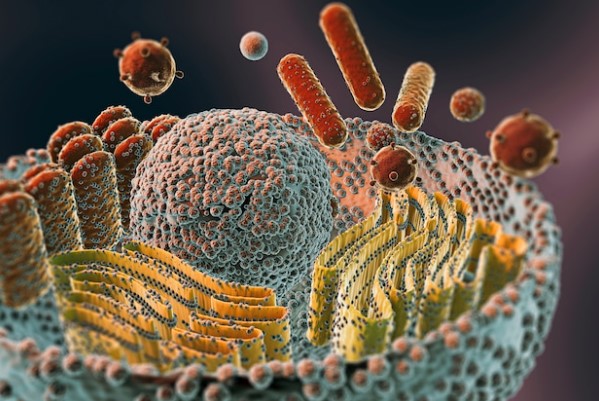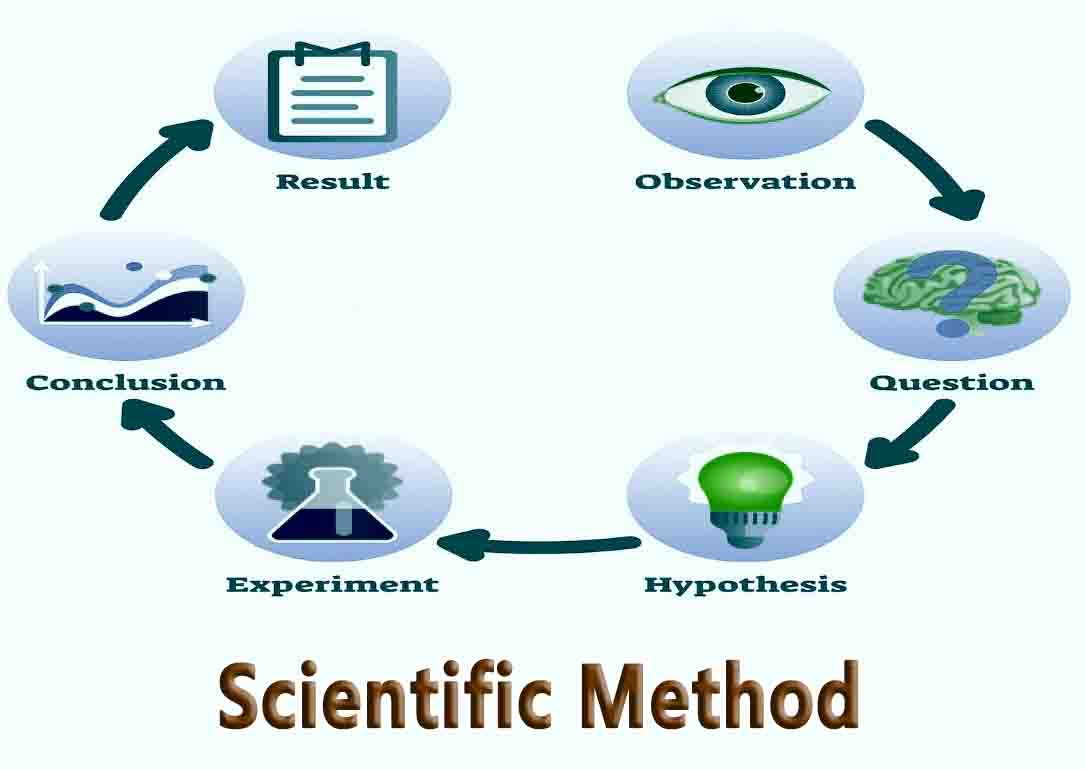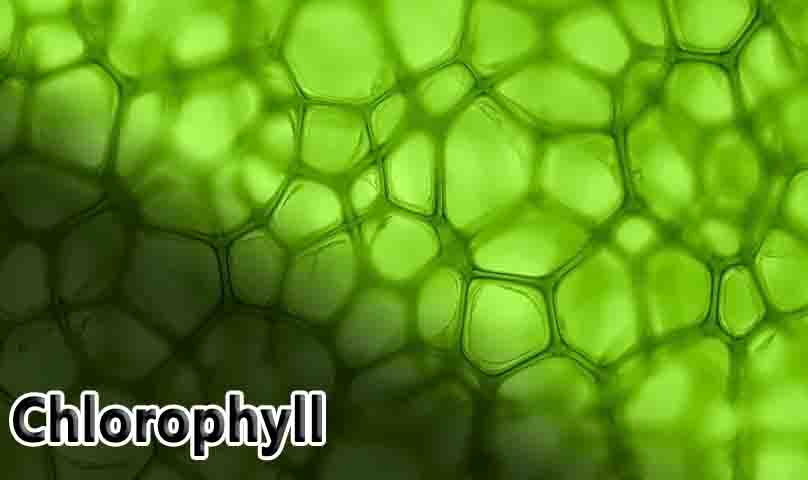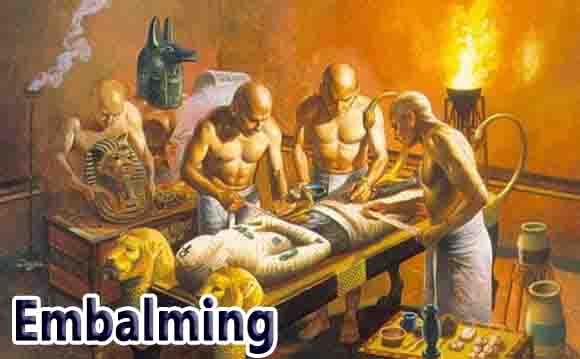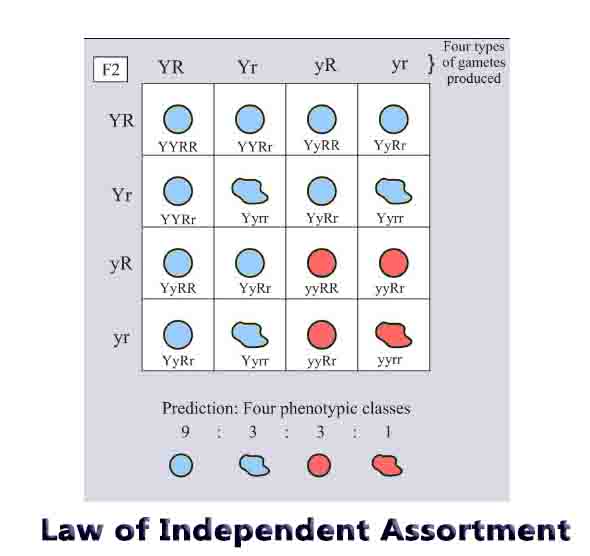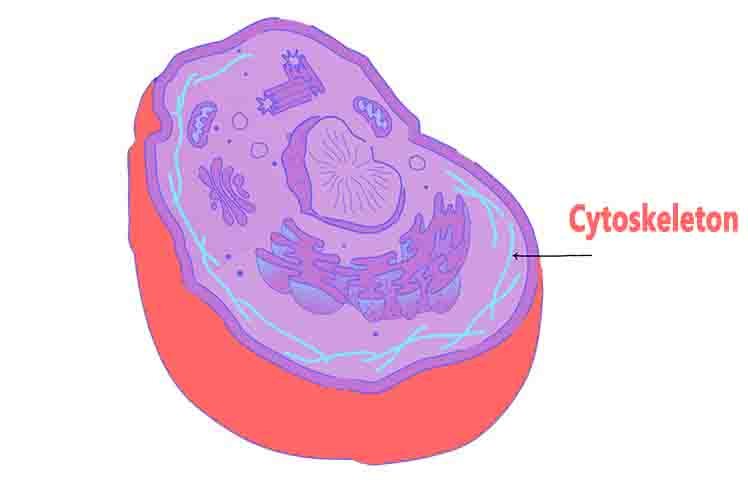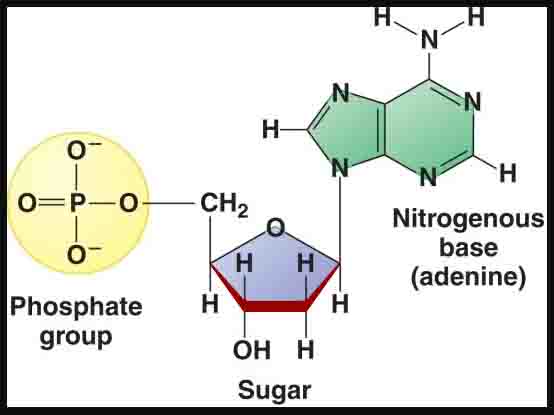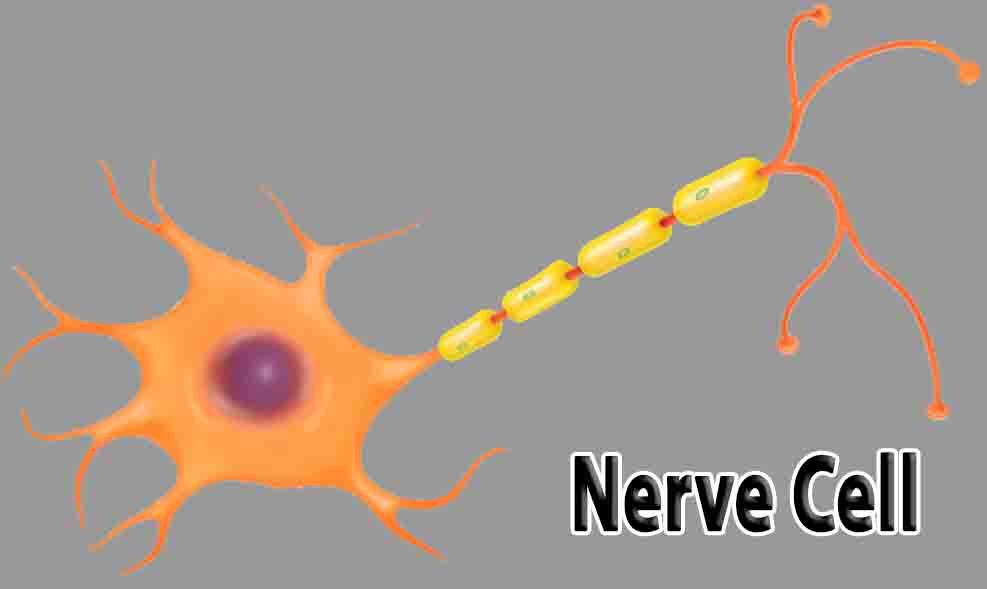Navigating the Challenges of IB Biology
The International Baccalaureate (IB) Biology course is renowned for its rigorous curriculum and the comprehensive understanding of biological concepts it demands. Students often find themselves grappling with the depth of content and the necessity for strong analytical skills. These challenges can be daunting, but they also set the stage for a rewarding academic journey. This … Read more

